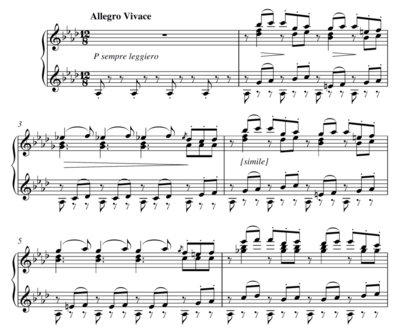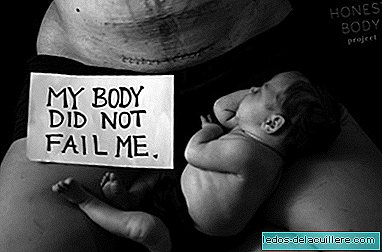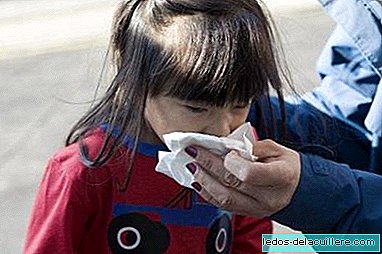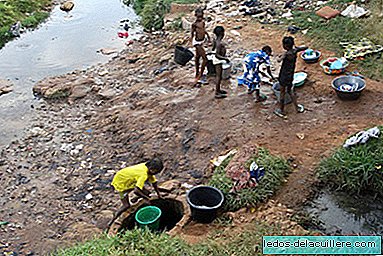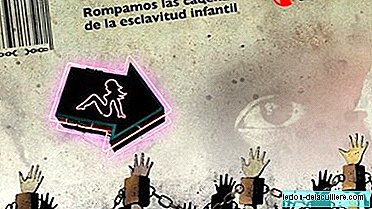
"Break the chains of child slavery" is a report of Save the Children which analyzes the serious problem of exploitation to which many children in the world are subjected. It indicates that of the 218 million girls and boys, between five and seventeen years of age currently working in the world, 126 do so in dangerous conditions and 8.5 as slaves.
The latter are trapped in illegal, degrading and dangerous jobs that destroy their childhood. And, although they are more common in developing countries, they are not rare in other countries.
In Spain, as in other developed countries, there are also forms of child labor that violate the rights of the child, although to a lesser extent than in those countries affected by chronic poverty or armed conflict. The lack of official data in this regard shows that this is a problem that is not given the attention it deserves.
Forms of child exploitation
In the report, Save the Children describes the eight worst forms of child exploitation and the direct impact they have on the lives of children:
Child trafficking: A crime of low risk and high benefits that annually moves 23.5 billion Euros and affects 1.2 million children and babies every year.
Sexual exploitation For commercial purposes: 1.8 million children are victims of this lucrative business promoted by sex tourism.
Forced child labor due to indebtedness: Millions of children in the world work to pay usurers the debts of their families. In India alone there are 15 million.
Forced labor in the mine: One million children work in mines and quarries of gold, diamonds, etc. In West Africa, 200,000, more than a third of the total workforce.
Forced labor in agriculture: Millions of children under 15, some in slavery, are exposed to pesticides and dangerous machinery for long hours.
Child soldiers / combatants: 300,000 children under 15 are related in some way to the armed forces, the vast majority suffer sexual abuse, some since the age of 7.
Forced child marriage: 14 million teenage girls give birth every year and 100 million girls will get married before they turn 18 during the next decade, the vast majority of them by obligation.
Domestic slavery: Minor domestic slaves, mostly girls, suffer extreme punishments such as blows with burning plates, flagellations and burns with boiling water on their bodies.
Recommendations to end child slavery
The recommendations proposed by Save the Children to end child slavery They are very different in nature (economic, political, educational ...) and require the involvement of the whole society:
· Global poverty reduction policies.
· Application of international legislation against trafficking in minors.
· Increase of economic resources.
· Programs for rehabilitation and reintegration of victims.
· Public education campaigns.
· Accessible, flexible and economic education.
· Wide access to local forms of credit.
· Declare forced child marriage illegal in all countries.
· Inform and take into account children in decision making.
"Break the chains of child slavery" is a hard report, a bite of shocking reality but that we cannot ignore. Because child exploitation is a big problem in many places, and not as far away as we might suppose.
Official Site | Save the Children In Babies and more | World Day Against Child Labor: Work is not for children, World Movement for Children, 1,800,000 children affected by child sexual exploitation


